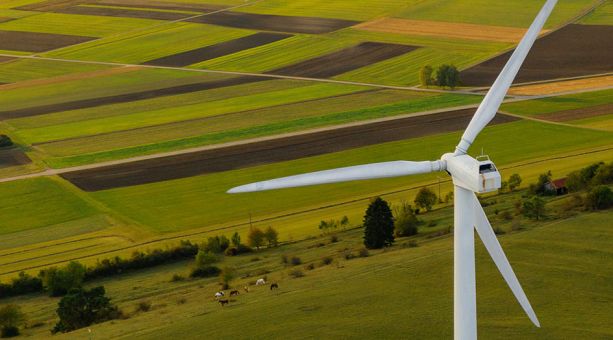Explore the Asia-Pacific riskscape and how much countries can lose annually from multiple hazards under the current situation and under two climate change scenarios.
Many parts of Asia and the Pacific are increasingly exposed to converging natural and biological hazards ESCAP has estimated how much this will cost by calculating a ‘climate change impact factor’. For this purpose, it considers two climate change scenarios – ‘representative concentration pathways’ (RCPs) – a moderate scenario of RCP 4.5 and a worst-case scenario of RCP 8.5. The current annual losses from natural and biological hazards are estimated at around $780 billion. Under RCP 4.5, these losses will increase to $1.1 trillion, and under RCP 8.5, to around $1.4 trillion.




